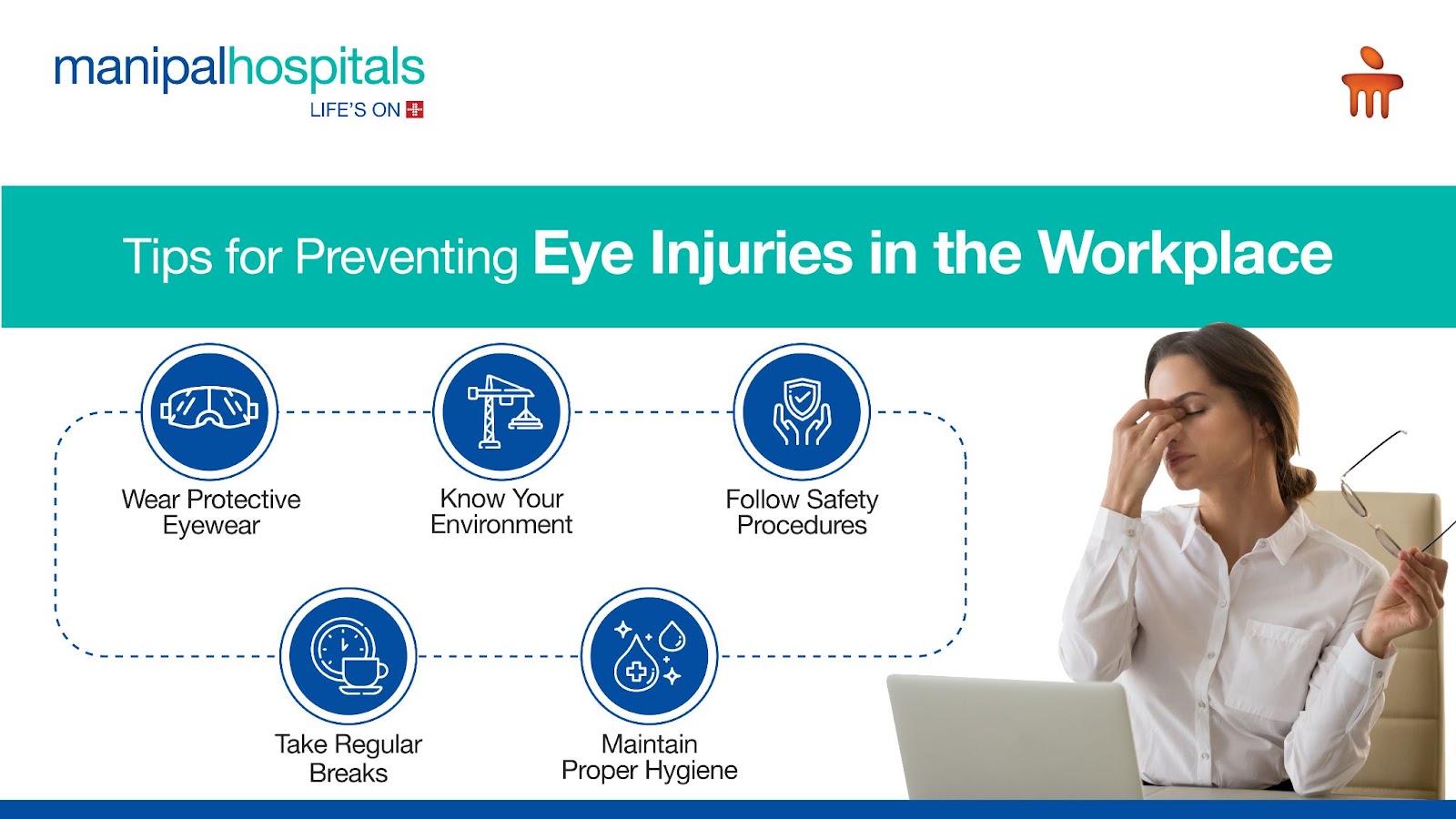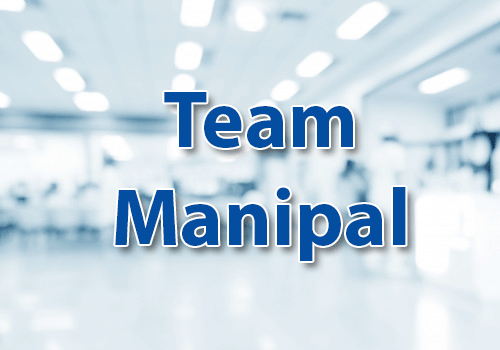
Our eyes are precious, yet often taken for granted until an injury occurs. Eye injuries in the workplace are not uncommon, but they are largely preventable with the right precautions and awareness. Whether you work in construction, manufacturing, or an office environment, it's essential to prioritise eye safety. In this blog, we'll discuss practical tips for preventing eye injuries at work and answer some frequently asked questions to ensure you keep your vision safe and sound.
5 Tips for Preventing Eye Injuries
Safeguarding the eyes is crucial in any workplace environment, where potential hazards can threaten vision and well-being. Fortunately, with the right knowledge and precautions, many eye injuries are entirely preventable.
In this section, we'll delve into five essential tips for preventing eye injuries at work. From wearing appropriate protective gear to maintaining awareness of workplace hazards, these strategies empower employees to prioritise eye safety and minimise the risk of accidents. By implementing these simple yet effective measures, individuals can protect their eyes and contribute to a safer and healthier workplace for all.

1. Wear Protective Eyewear
The simplest and most effective way to prevent eye injuries is by wearing appropriate protective eyewear. Depending on the nature of your work, this may include safety glasses, goggles, or face shields. Ensure that your eyewear fits properly and provides adequate coverage.
2. Know Your Environment
Familiarise yourself with potential hazards in your workplace that could pose a risk to your eyes. This could include flying debris, chemicals, bright lights, or radiation. Stay alert and take precautions accordingly.
3. Follow Safety Procedures
Always adhere to safety protocols and guidelines established by your employer. This may involve using machine guards, handling chemicals cautiously, or maintaining a clutter-free workspace to minimise the risk of accidents.
4. Take Regular Breaks
If your work involves prolonged periods of screen time or detailed tasks, remember to take regular breaks to rest your eyes. Looking away from your computer screen or workstation every 20 minutes can help reduce eye strain and fatigue. Also, you can practice a few exercises to improve your eyesight. Here's a blog on eye exercises.
5. Maintain Proper Hygiene
Practicing good hygiene can also contribute to eye safety. Wash your hands frequently, especially before touching your eyes or handling contact lenses. Avoid rubbing your eyes, as this can introduce foreign particles and increase the risk of injury or infection.
Causes of Eye Injuries at Work
The workplace is a dynamic environment where employees perform diverse tasks and encounter various hazards daily. Among the most vulnerable parts of the body in any work setting are the eyes. Eye injuries at work can result from a multitude of causes, ranging from flying debris and chemical splashes to repetitive strain and inadequate protection. Understanding the potential risks and taking proactive measures to prevent eye injuries is paramount to ensuring a safe and healthy work environment.
In this section, we'll explore the common causes of eye injuries at work and highlight the importance of implementing preventive strategies to safeguard the vision and well-being of employees.
1. Flying Debris
In industries such as construction, manufacturing, or carpentry, flying debris from tools, machinery, or materials can pose a significant risk to the eyes. Impact from objects like wood chips, metal fragments, or dust particles can cause abrasions, lacerations, or puncture injuries to the eyes.
2. Sharp Objects
Handling sharp tools, instruments, or materials without proper precautions can result in eye injuries. Accidental contact with objects like knives, scissors, or shards of glass may cause penetrating injuries, cuts, or punctures to the eye, leading to severe pain and potential vision loss.
3. Intense Light Exposure
Workers exposed to intense sources of light, such as welding arcs, lasers, or UV radiation, are at risk of eye injuries from excessive brightness and radiation. Without adequate protection, prolonged exposure to these sources can cause photokeratitis (welding flash) or thermal burns to the cornea, resulting in temporary vision impairment or long-term damage.
4. Repetitive Strain
Jobs that involve repetitive motions or tasks, such as using computers for extended periods or assembly line work, can contribute to eye strain and fatigue. Prolonged screen time without sufficient breaks may lead to symptoms like dry eyes, blurred vision, headaches, and discomfort, increasing the risk of long-term eye problems if left unaddressed.
5. Failure to Use Protective Equipment
Neglecting to wear appropriate protective eyewear, such as safety glasses, goggles, or face shields, significantly increases the risk of eye injuries at work. Inadequate protection leaves the eyes vulnerable to impact, chemical exposure, or other hazards present in the work environment.
FAQ's
Eye injuries in the workplace can result from various factors, including flying debris, chemical splashes, sharp objects, intense light exposure, and repetitive strain.
The type of protective eyewear you need depends on the specific hazards present in your workplace. Consult with your employer or safety officer to determine the appropriate eyewear for your tasks.
If you sustain an eye injury, seek medical attention immediately. Rinse your eye with clean water if it's exposed to chemicals or foreign particles, but avoid rubbing or applying pressure to the injured eye.
Yes, untreated eye injuries can lead to vision problems, including blurred vision, loss of vision, or even permanent damage to the eye. Prompt treatment is essential to prevent complications.
Lead by example and advocate for eye safety in your workplace. Share information about the importance of protective eyewear, safety protocols, and regular eye exams. Encourage open communication about potential hazards and ways to mitigate risks.
Preventing eye injuries in the workplace requires diligence, awareness, and adherence to safety measures. By wearing appropriate protective eyewear, understanding workplace hazards, and following safety protocols, you can significantly reduce the risk of eye injuries. Remember, your vision is invaluable—take the necessary steps to protect it every day.






















 3 Min Read
3 Min Read













